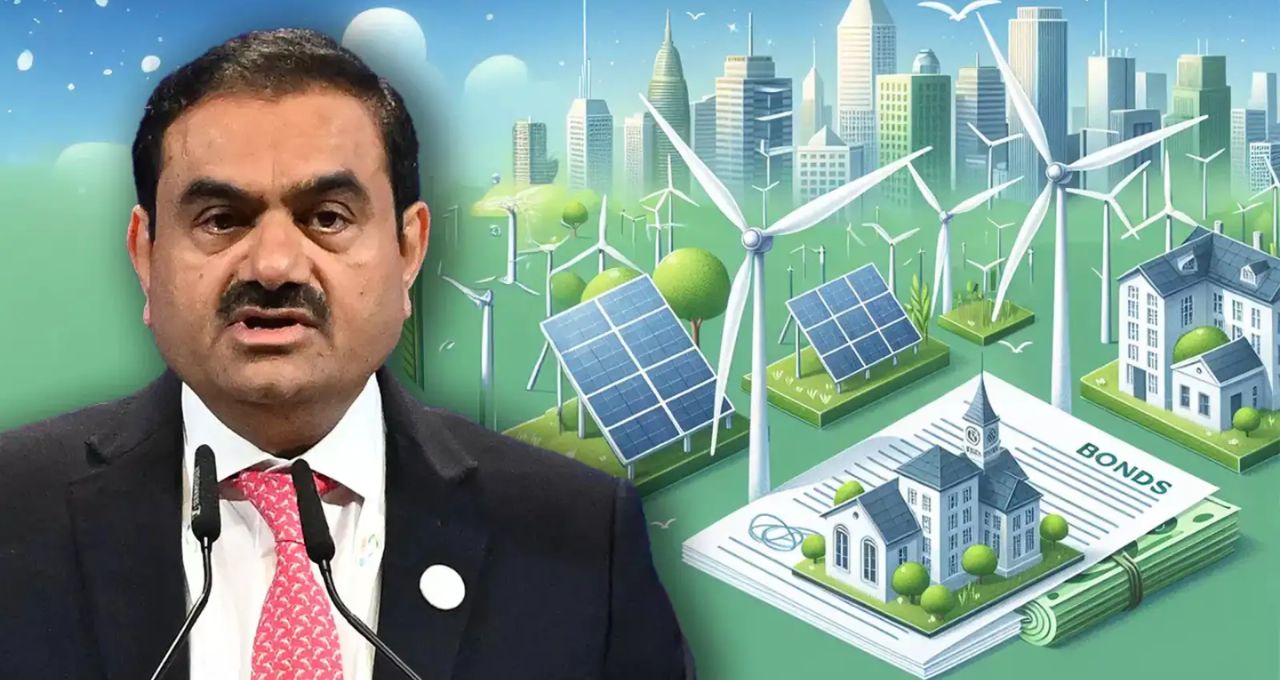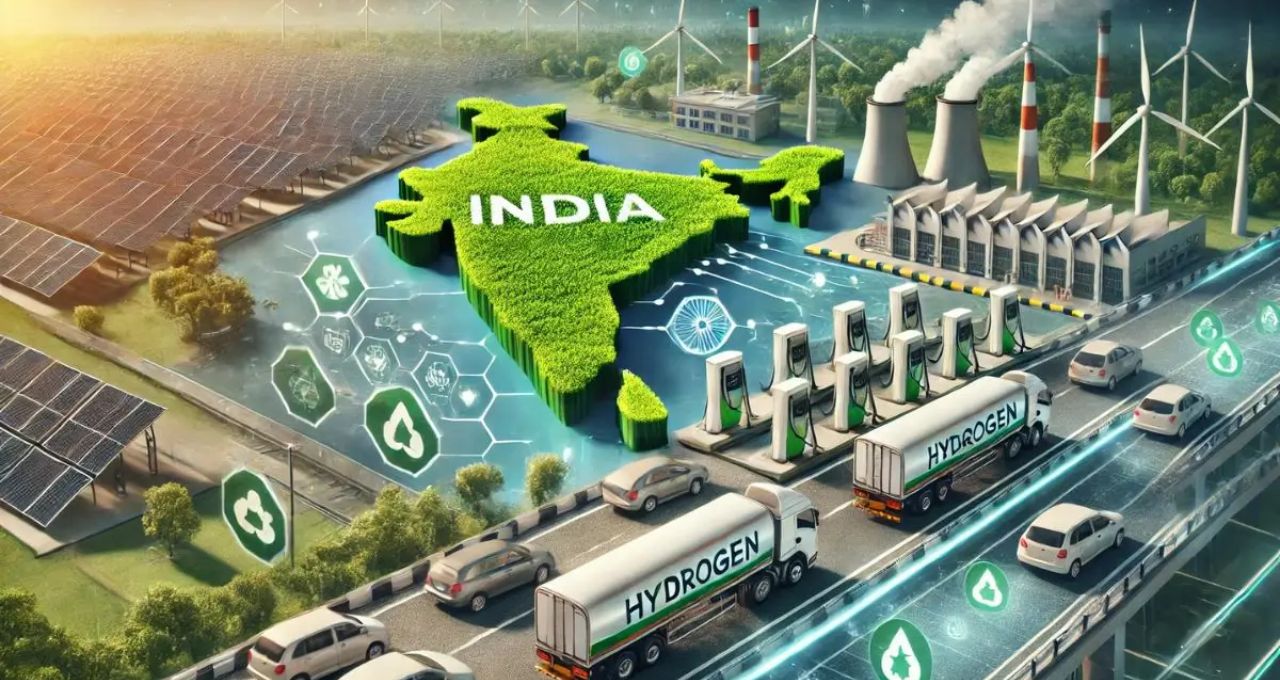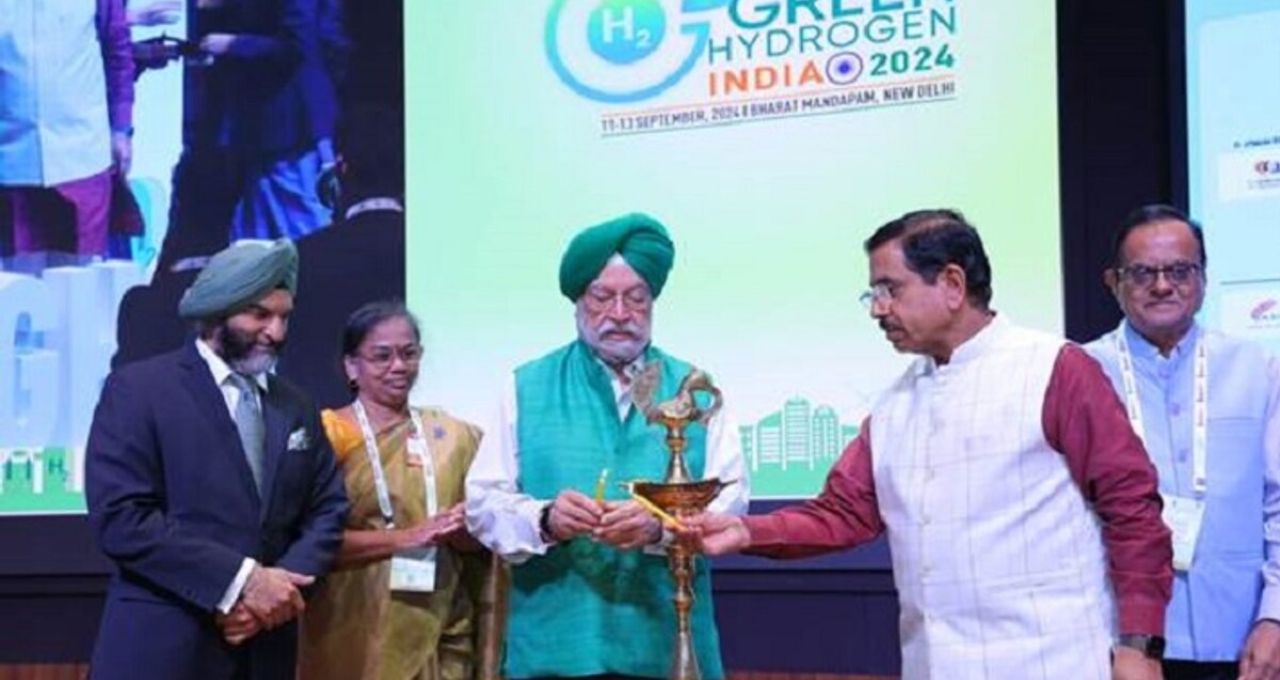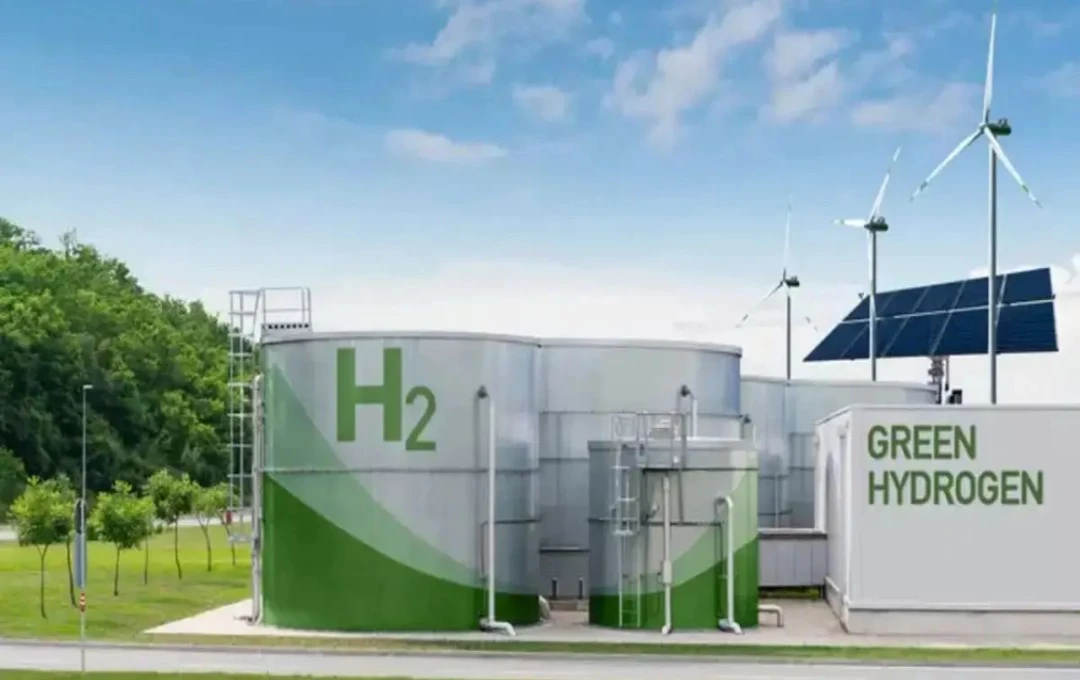The world is rapidly shifting towards renewable energy, and India is becoming a key player in this transition. The limitations of traditional energy sources like coal and oil are becoming increasingly apparent; they are not only finite but also environmentally damaging. Green hydrogen is emerging as a revolutionary solution to this challenge.
Green hydrogen is hydrogen produced from water (H₂O) through electrolysis, using electricity generated from renewable sources like solar or wind energy. This makes it a completely clean and zero-emission fuel.
India's Green Hydrogen Mission Launch
Prime Minister Narendra Modi launched the National Hydrogen Mission in 2021, aiming to establish India as a global hub for green hydrogen. In 2023, the government released the Green Hydrogen Policy, outlining incentives, subsidies, and regulatory support for companies. The goal is to produce 5 million metric tons of green hydrogen annually by 2030.
Major Investments and Projects

- Corporates like the Adani Group and Reliance Industries are making significant investments in large-scale green hydrogen production.
- Public sector companies such as Indian Oil, NTPC, and GAIL are working on several pilot projects.
- States like Rajasthan, Gujarat, and Andhra Pradesh are emerging as attractive locations for green hydrogen production using solar and wind energy.
Environmental and Economic Benefits
Using green hydrogen can virtually eliminate carbon emissions, a significant step in combating climate change. Additionally:
Hydrogen-powered vehicles will be zero-emission, replacing petrol and diesel. The steel and fertilizer industries require large amounts of hydrogen; using green hydrogen will drastically reduce pollution. Imports will decrease as India develops its own green hydrogen resources.
Challenges and the Path Forward

However, some challenges remain in the adoption of green hydrogen:
- Technologies like electrolyzers are currently expensive.
- Large-scale renewable electricity generation is required.
- There is a lack of infrastructure for storage and transportation.
But the Indian government and private companies are working together to address these challenges. As technology improves and production costs decrease, green hydrogen will move towards mass adoption. Green hydrogen is not only an environmental boon but can also make India energy-independent and globally competitive.

Within the next 5-10 years, this technology could become an integral part of our lives – in vehicles, factories, and even homes. India has already taken the initiative in this direction.














